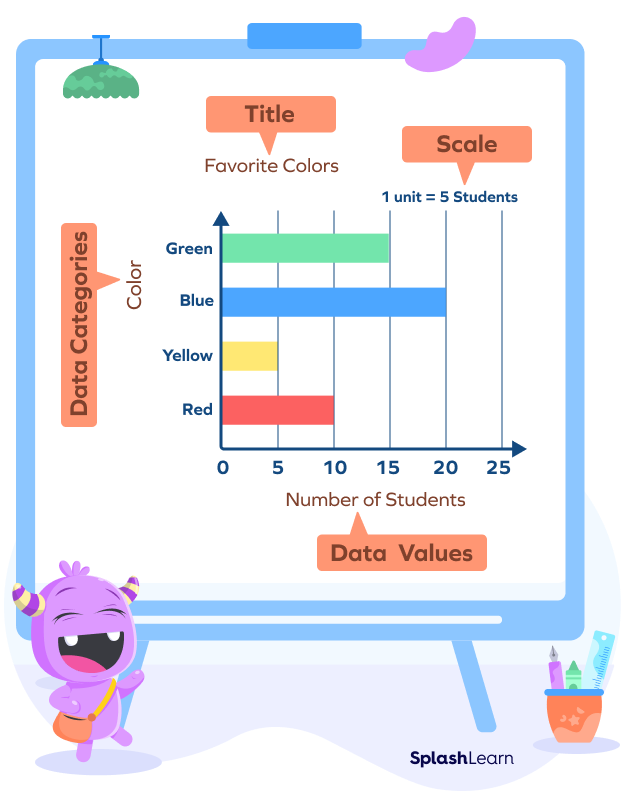First Class Tips About Should I Use A Bar Or Line Graph D3 V5 Chart

The bars in a bar chart are usually separated by small gaps, which help to emphasize the discrete nature of the categories plotted.
Should i use a bar or line graph. Bar charts, contrastingly, use horizontal or vertical bars to compare discrete variables or categorical data across groups—think snapshots of data at a standstill. Bar graphs are good when your data is in categories (such as comedy, drama, etc). There are numbers along the side of a bar graph and they are scales identical to what would be found on a line graph.
Two of the most common ways to display data are through bar graphs and line graphs. There are a variety of graphs that can help highlight patterns and be used to. They are popular because they allow the reader to recognize patterns or trends far more easily than looking at a table of numerical data.
A bar graph shows a comparison among categories. Line charts join data points with lines, emphasizing movement and flow, ideal for viewing data patterns over periods. How do you do this?
Bar graphs can help track changes over time. If the variable we want to show on the horizontal axis is not numeric or ordered, but instead categorical, then we need to use a bar chart instead of a line chart. Their data are shown in the table.
The most classic use case for a line chart is time series data, where the time variable is plotted on the horizontal axis. A pie chart is used to represent and compare parts of a whole. A bar graph is very similar to a line graph in the sense that it is designed to show different values of two or more subjects but instead of using lines it using horizontal and vertical bars that represent a different value.
I’m not sure which would be the best choice, this is the prompt: In this story, i will introduce how to select and create the type of graph, so that everyone can effectively understand, what you want to express with data at a glance. If the example below was vertical it would be a column graph.
They counted the number of offspring produced by female daphnia of different ages. Line graphs are generally better for showing changes in data over time, whilst bar charts tend to be better for comparisons of volumes at a fixed point. Use bar charts to compare categories when you have at least one categorical or discrete variable.
This site is a good primer: Best use cases for these types of graphs. But when you have continuous data (such as a person's height) then use a histogram.
I strongly suggest using a bar graph to avoid clutter when one data label is long or if you have more than 10 items to compare. That’s when you want to have an alternative or two up your sleeve. They’re the two workhorses of the dataviz world.
Researchers were studying the reproductive rate of the water flea, daphnia. This leads to a very different appearance, but the biggest difference is that bar graphs are more versatile while line graphs are better for showing trends over time or another measure with a logical. Line graphs can also be used to compare changes over the same period of time for more than one group.






















